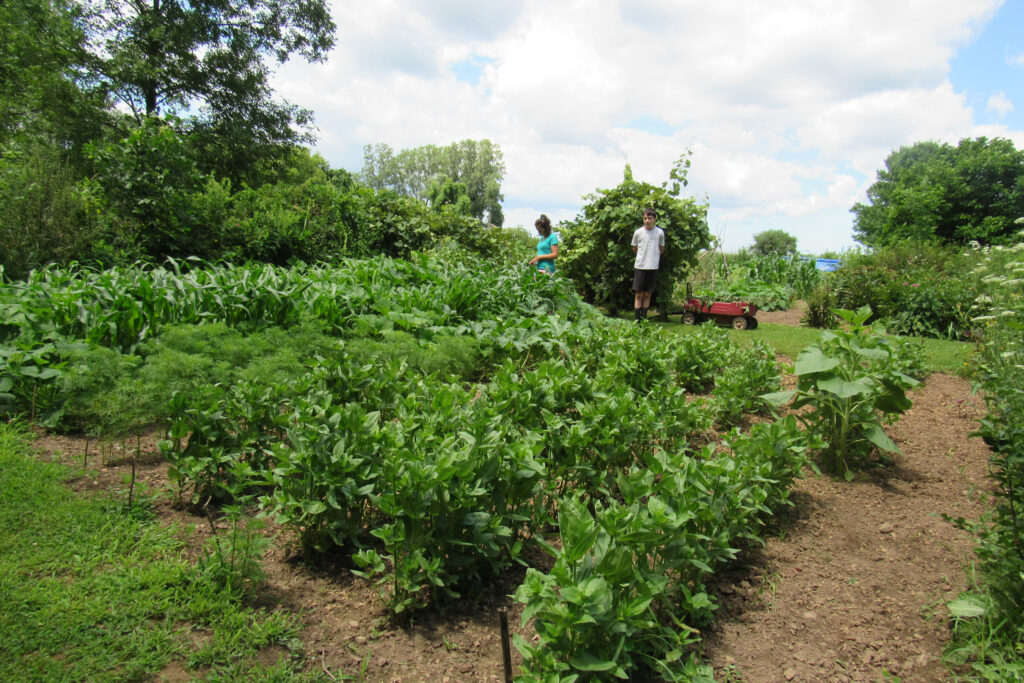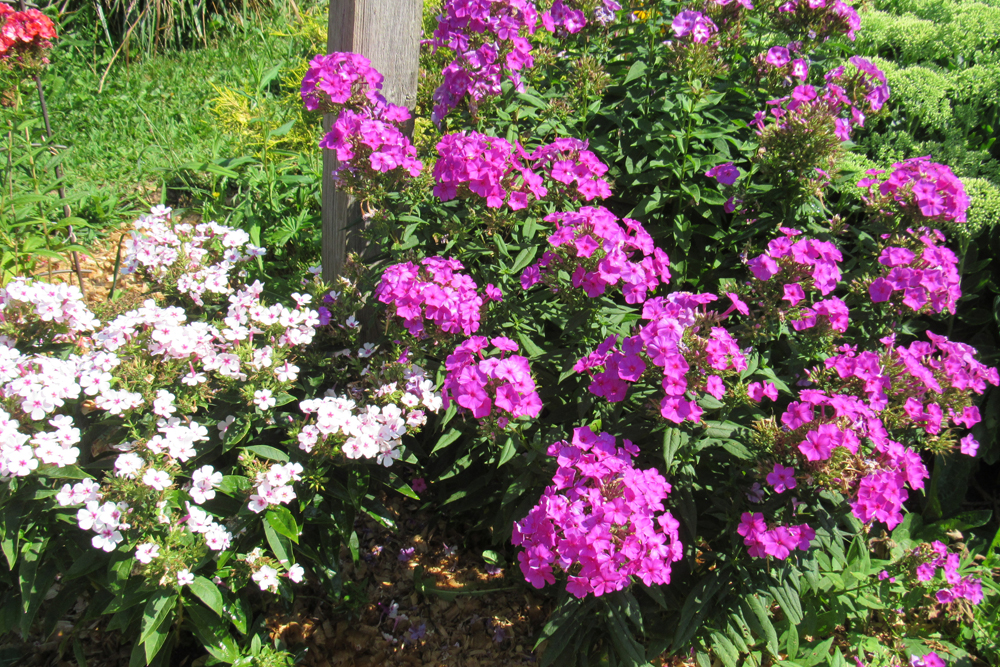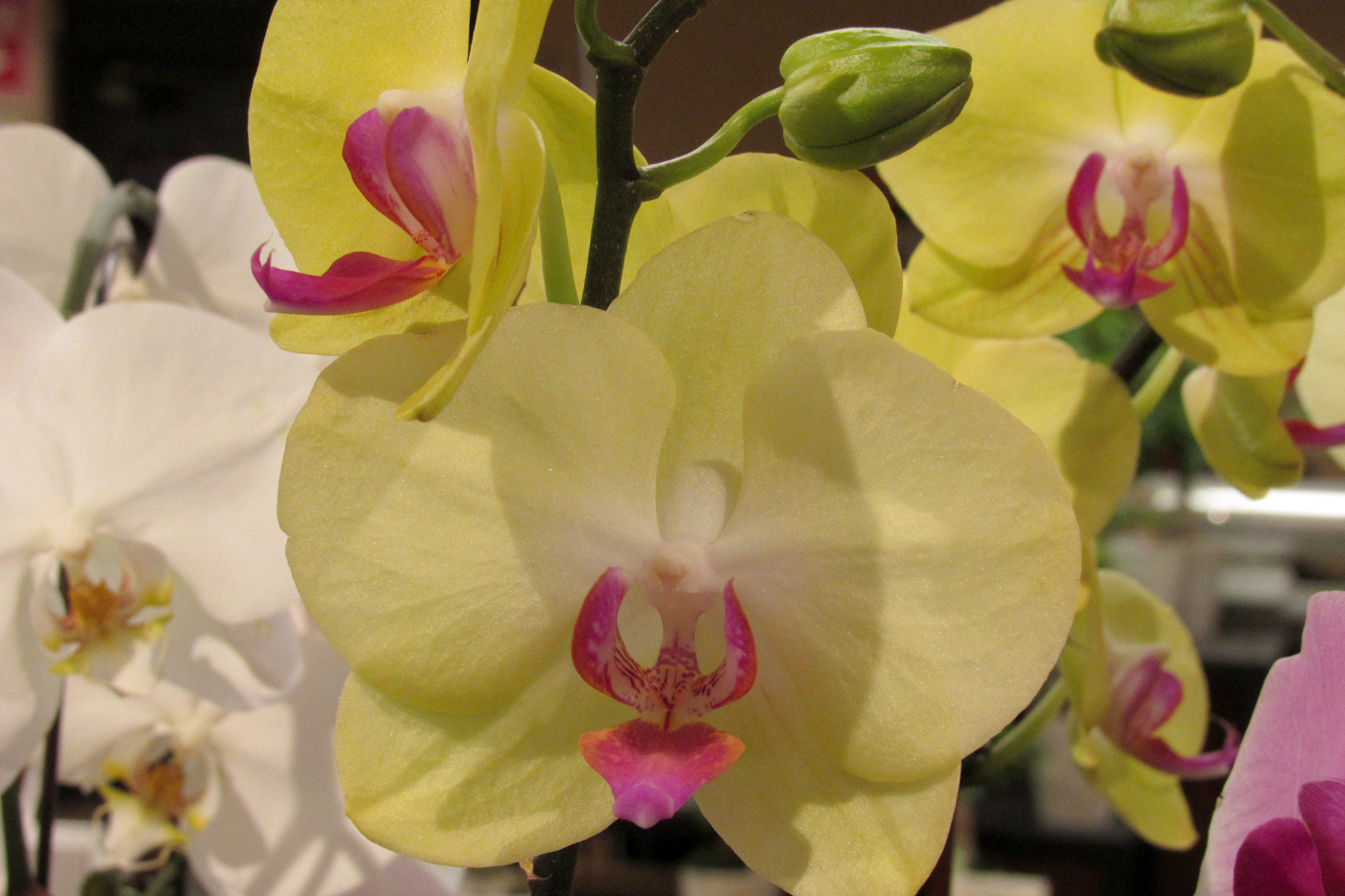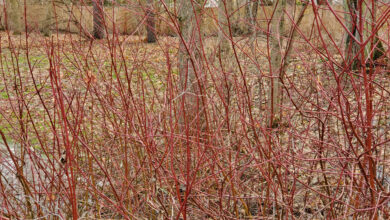Garden Journaling
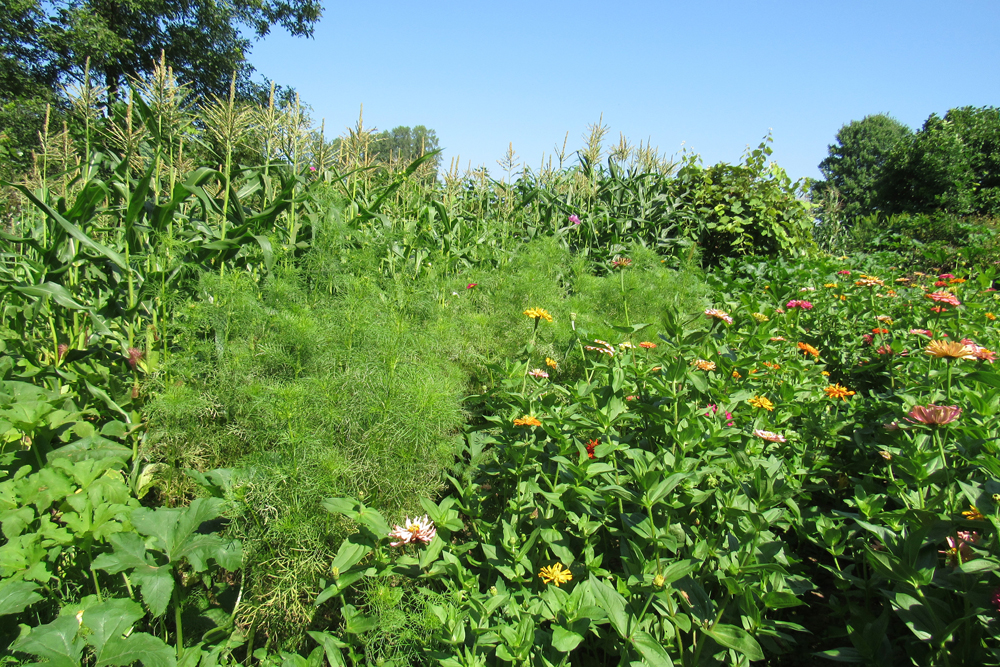
A garden journal can be many things. It can be a powerful resource containing detailed information, plant observations, weather, soil conditions, and wildlife encounters. It can be a scrapbook of personal observations, drawings, and photos that document a growing season. It can be a way to engage children in the garden by regularly observing a portion of the garden over the span of a year. It can be a therapeutic creative outlet fueled by your love of growing things.
The journal itself can be blank sheets of paper clipped together, a notebook, three-ring binder, scrapbook, purchased blank journal, or a digital format – whatever would be easiest for you, because you want to persist in keeping your journal throughout the entire year, and perhaps many years to come.
If you would like to create a serious journal for documenting all aspects of your plants and landscape, you will want to include information about your site, seasonal factors, plants, pests, projects, and expenses, according to North Carolina State Extension.
Record site characteristics, including sun and shade patterns, directions of slopes, swales, and wind direction – where do prevailing winds hit the garden? Where does flooding occur? Does frost settle in this location? A single yard can have multiple microclimates, and understanding your garden site can be vital to a successful growing season and for long-term planning. You can use graph paper or a computer program to draw your garden to scale – noting buildings, utilities, water, hardscape, and plants. Using a pencil allows you to make adjustments as plants die and new ones are planted. Documenting plants and hardscape elements helps you to analyze how they interact, NC State Extension says. For example, are perennial flowers and shrub roots choking out your spring bulbs?
A garden journal is a great place to document soil test results. You will be able to look back and see how soil amendments have helped build healthy soil as well as other changes over time. Make a note of the amendments you use, including brand names, nutrient amounts, garden location, and dates. Environmental data can be collected from year to year, allowing you to compare weather conditions over many growing seasons. Keep track of temperatures, last and first frosts, rainfall, and snowfall. This information is interesting to reference and can help you identify microclimates as well as decide when to plant tender annuals or determine if drought-tolerant plants are needed for a hot spot in your yard.
You can create a calendar for seasonal chores like vegetable planting, bulb planting, fertilizing, pruning, deadheading, pest management, and more. A journal allows you to keep track of when plants bloom, pest and disease problems, and what methods proved successful against them. You can even create detailed plant profiles, including Latin and common names, when the plant was purchased, its cost, expected mature size, your observations regarding growth and bloom, problems, as well as pruning and fertilizing times.
Be sure to include images in your journal. Photographs are great, but you might want to try illustrations, or press plant materials to preserve them in your journal. Take before and after photographs of garden projects.
Additionally, provide information about harvests and keep track of any seed saving efforts or seed purchasing. Don’t forget to include ideas and inspiration for future garden projects.
Of course, a journal can be a very personal account of your gardening year. You can include anything you feel is important about weather, diseases, plants, gardening experiences, and dreams. Taking time to sit in your garden to observe, reflect, and enjoy is therapeutic and truly connects you to your landscape. Journaling is a great way to engage children in the garden and landscape all year. Draw pictures, preserve leaf and flower samples, write a poem, and watch birds and butterflies come and go. Make your journal beautiful and an expression of your personal creativity.
Garden journals help you to learn more about your garden and enjoy it more. Finally, think about the keepsake that your journal will become, making it easy and enjoyable to go back and review the highlights and challenges of a particular gardening year.
